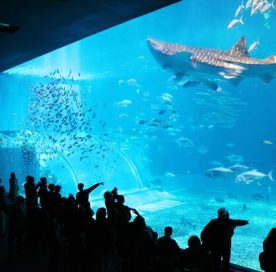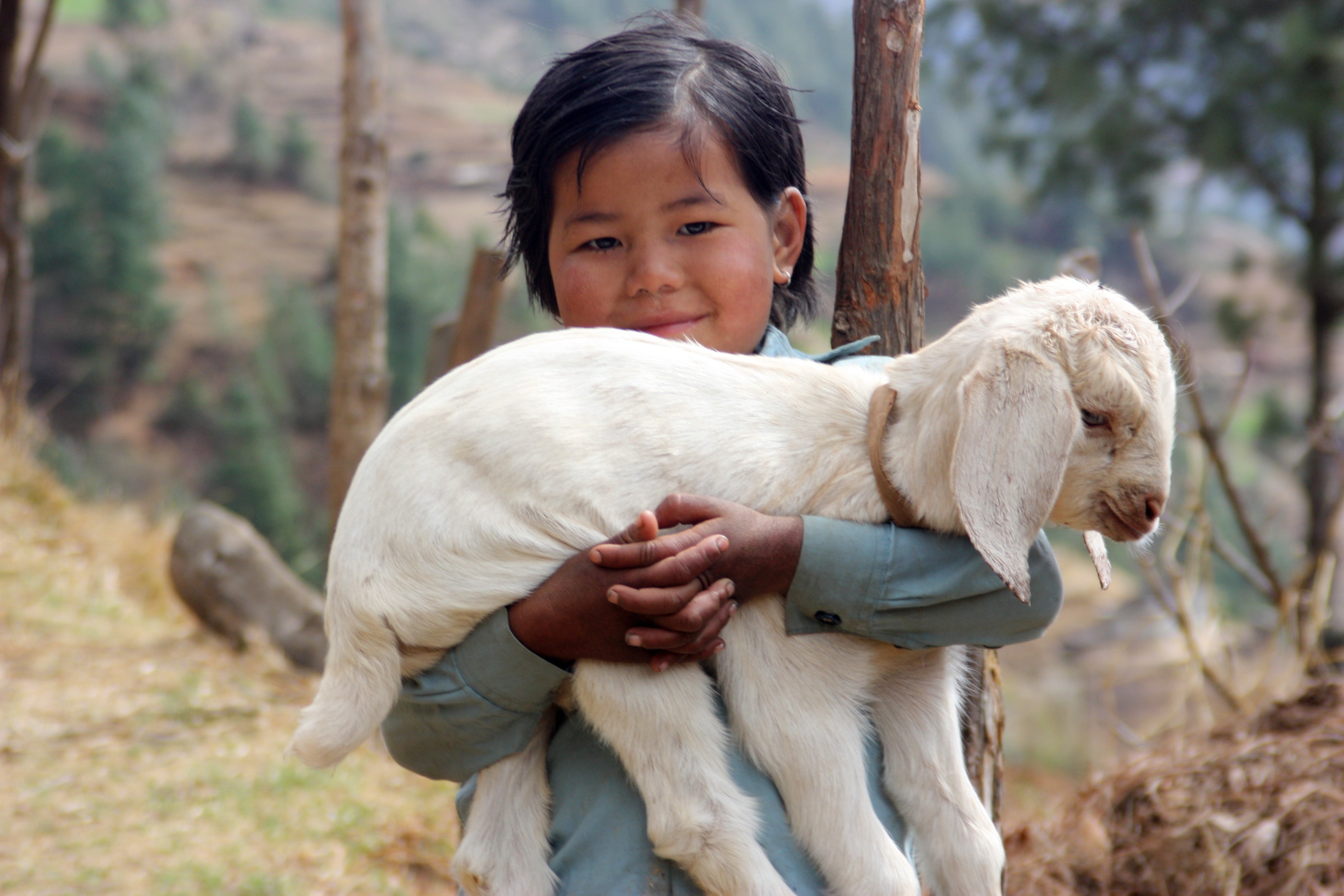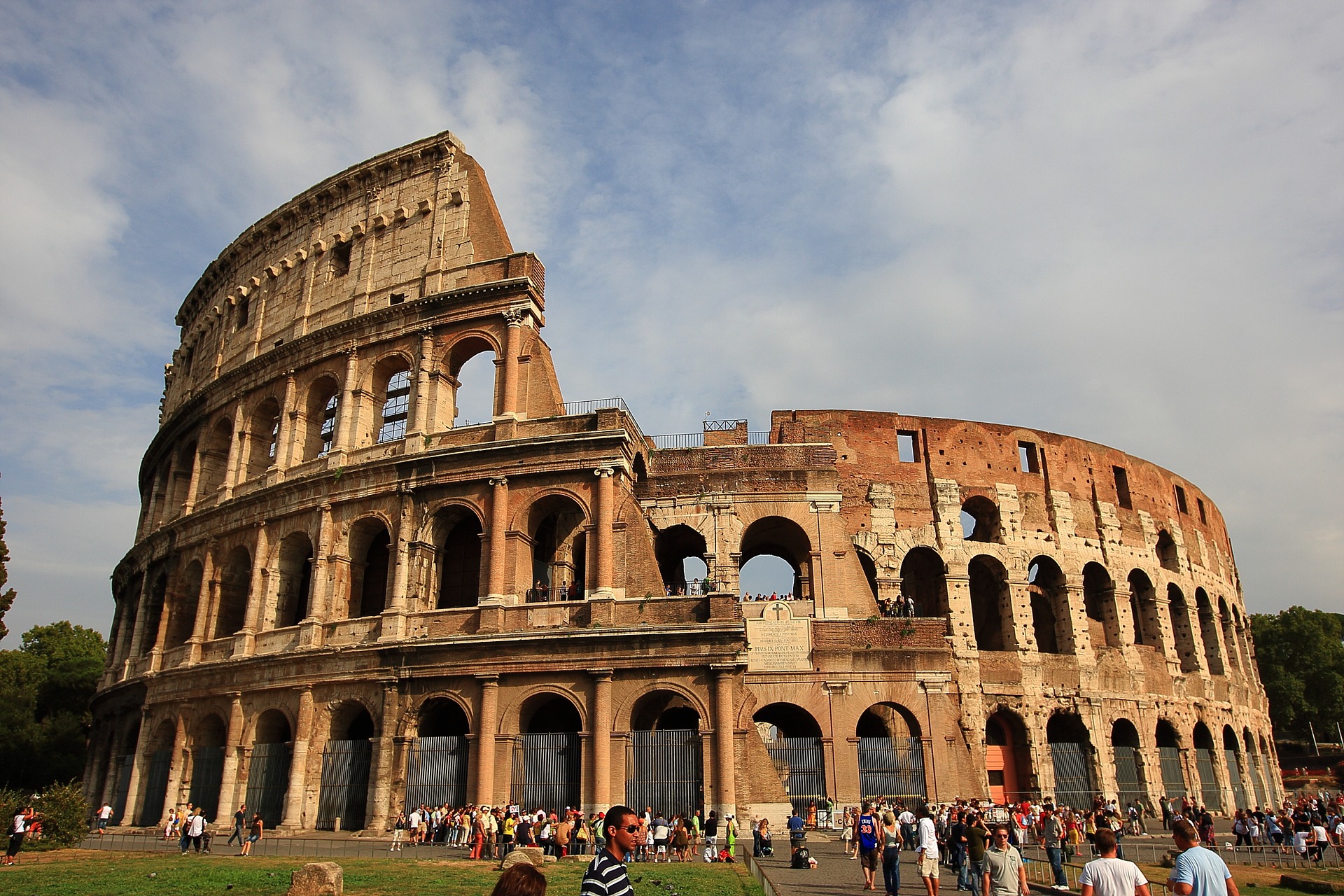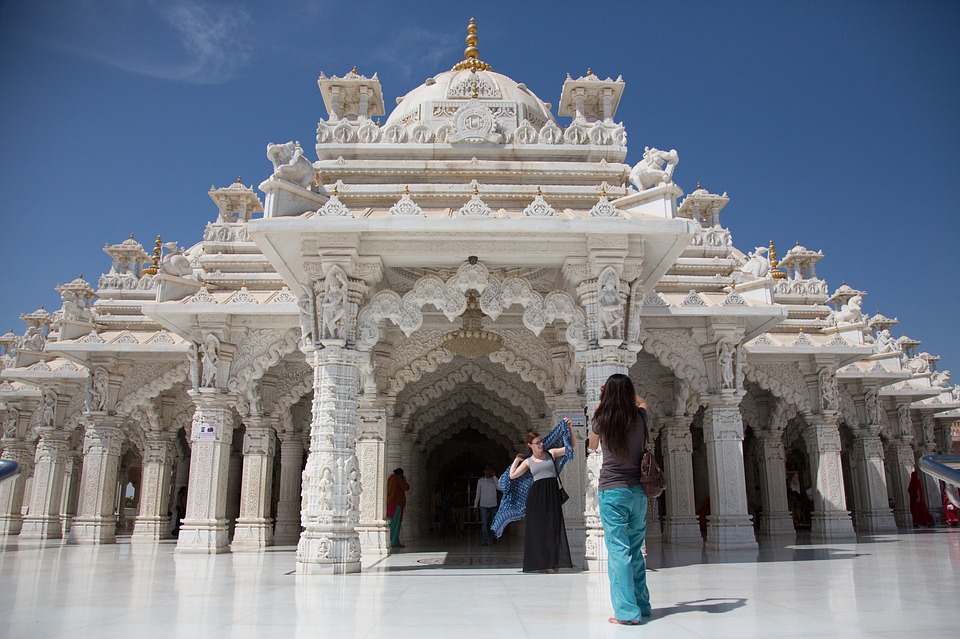The Valley of Flowers Trek is one of the oldest in India and the Himalayas, and it stands out for its biodiversity and unmatched scenic beauty. Ideal for a monsoon trek, the Valley of Flowers is also a favorite of pilgrims. The Hemkund Sahib Lake and Gurudwara as well as many associations with Hindu mythologies, make it a holy trek.
Further, the UNESCO World Heritage Site is an emerging stargazing site in India. So, spend this monsoon in the mountains and the Valley of Flowers.
Here, I present a guide with real tips and information on what you need to know. Also, I have tried discussing things that only a trekker and a spiritual soul can fathom.
How Long Is Valley of Flowers Trek? (With Complete Itinerary)

The Valley of Flowers trek takes 6-7 days. Here, I will share a detailed itinerary of six days. Also, here, the trek is a round-trip, starting and ending in Rishikesh.
Day 1
On the first day, your journey will start from Rishikesh. After a drive of more than 10 hours (250+ Km), you will reach Karchi.
Day 2
From Karchi, you will have to take a drive to Poolna. The distance to be covered here is around 38 Km, and it will take close to 2 hours.
Your trekking starts from Poolna and continues to Ghangaria. The trekking route of 9 Km has an altitude rise from 7,785 to 10,520 ft. Under ideal conditions, the trek will take around 6 hours.
Toward Ghangaria: A Journey Of Faith
Ghangaria is a small hamlet on the Valley of Flowers trek route. Pilgrims and trekkers walking toward the Hemkund Sahib Gurdwara and Lake take their halts here. It is divine to listen to the prayer calls of the Hemkund Sahib Gurdwara from Ghangaria.
People of all age groups head to the Gurdwara, and it looks like a community making a journey of faith. Again, Hindus consider Ghangaria holy as it is located at the confluence of the Pushpawati and Hemganga rivers. Hemganga was earlier known as Lakshman Ganga.
Day 3
On day three, you start your trek from Ghangaria with the morning prayer call audible from the Hemkund Sahib Gurudwara.
After a 3.7 Km trek, you reach the Valley of Flowers. Here, the altitude further goes up, reaching 11,550 ft. During this trek, you will see the most beautiful flowers on the trails. To trek to the Valley of Flower and return to Ghangaria, you will need more than 6 hours.
Day 4
The journey to the Hemkund Sahib begins from Ghangaria on the 4th day. This trail is a little tricky, with the altitude reaching 14,107 ft. Also, it will take around 10 hours to complete the trek, which is a 6 km trek each way as you return to Ghangaria.
Day 5
Another day of the trek begins from Ghangaria to Poolna. The 9 Km trek will take around 5 hours, and there is a gradual descent in the altitude. From Ghangaria at a 10,520 ft altitude, the trekking trails come down to around 6000 ft.
From Poolna, you will take a drive to Dhak. In one and a half hours, you will have to cover close to 35 Kms.
Day 6
Take a drive from Dhak and reach Rishikesh after a 250 Km journey. The total journey will be around 9-10 hours.
What Is The Valley Of Flowers Trek Best Time?

May to October is the best time for the Valley of Flowers trek. However, ask anyone who has been to this dream hike destination more than once. You will know that July, August, and September are the best time to hike this destination.
Then again, hiking in each of these months comes with its own share of great and not-so-great things. Let’s decode!
| Month of Trekking | Flowers in the Valley | Crowd and Other Details | Rain in the Valley |
| July | Flowers start blooming around the 15th or 16th of July. At the month’s beginning, you will get to see the lush green valley. | The Valley of Flowers is less crowded in July. So, if you are a recluse and you want a quiet experience, July is your time. | Rain starts setting in the middle of July, and as the month ends, rainfall becomes heavier. |
| August | The first three weeks of August have the greatest number of flowers in the valley. Find Brahma Kamal, cobra lily, and blue poppies embracing the trekking route. Toward the end of August, the flowers start shedding their petals. | August is the most crowded season for the Valley of Flowers trek. | Rain is heavy in August, and you will experience heavy downpours, especially in Govindghat and adjacent areas. However, as you climb up high altitudes, the rain intensity becomes less. You will mostly find it drizzling there. |
| September | You will find some flowers along the trail. However, the number becomes less. | In September, many pilgrims take to the trails to visit the Hemkund Sahib. | Rain becomes moderate in September. |
Rainfall, flowers, and the lush green valley make this an ideal monsoon trek. However, many people prefer to trek this route from November to April to avoid the crowds and cherish the quaint beauty.
How Difficult Is The Valley Of Flowers Trek?

Altitude: 3,600 Meter Above Sea Level
The Valley of Flowers trek comes with a moderate difficulty level. The Valley of Flowers trek distance is around 37 kms, and the trek is usually covered in 6-7 days. However, there will be a gradual rise in altitude, and you need to be physically and mentally fit with sound breathing endurance to complete the trek.
To avoid acute mountain sickness (AMS) and other health issues in the trek, you will have to take part in the following mental and physical training. You also need to be extra careful about your food and hydration.
Check out the table below to prepare right for the Valley of Flowers Trek.
| Areas of Focus | Things to Do |
| Mental Preparation | Meditation Yoga Stress-reduction session Mindfulness |
| Food | Eat nuts, seeds, and veggies. |
| Hydration | Drink 3 to 4 liters of water every day with small sips at regular intervals. Have citrus fruits and soups to provide your body with enough fluid. Have fresh fruits and homemade fruit juice. |
| Balance and Flexibility | Yoga Stretching |
| Endurance Training | Small hiking sessions with backpacks on |
| Cardiovascular Training | Running Cycling Jogging Swimming |
| Altitude Training | Hikes |
| Strength Training | Core and upper body exercise Leg muscle training |
Even if you are prepared with all this training, the Valley of Flowers trek is not a typical solo journey. Some parts of the trek, filled with Rhododendrons and oak trees, can be perilous and slippery. So, you must coordinate well with your trek mentor and get your gear and shoes right for conquering these areas.
Valley Of Flowers Trek: Exploring The UNESCO World Heritage Site

The Valley of Flowers in the West Himalayas boasts biodiversity, the most beautiful Alpine flowers, and the most fascinating landscape. It is also home to endangered species such as the Himalayan musk deer, snow leopards, Asiatic black bear, and brown bear. In addition, it has many unique plant species.
Further, the Valley of Flowers is a part of the Western Himalayas Endemic Bird Area or EBA. So, it’s a hub of Galliformes. So, because of such versatility in the animals and vegetation, the Valley of Flowers comes with an outstanding universal value.
“The Valley of Flowers is internationally important on account of its diverse alpine flora, representative of the West Himalaya biogeographic zone. The rich diversity of species reflects the valley’s location within a transition zone between the Zanskar and Great Himalaya ranges to the north and south, respectively, and between the Eastern and Western Himalaya flora.”
⁎⁎Did You Know?⁎⁎
The Valley Of Flowers has a special place in the Hindu mythology. In the Ramayana by Valmiki, Lord Hanuman brought Sanjivani, or life-saving medicine, from this place to save Lakshamana, who was hit by the Shaktishel weapon.
Many people also believe that the Valley of Flowers was the Nandan Kanan or the abode of Lord Indra, the king of Hindu gods.
Further, the river Pushpawati, which has formed this high-altitude valley with its glacier water, is said to be named by the Pandavas from the Mahabharata. The Pandavas saw beautiful flowers floating in the snowy water of the river and named it Pushpawati.
Valley Of Flowers Trek And Stargazing
The Valley of Flowers trek has started gaining prominence as a stargazing zone in India. The tranquility of the place and the rivers here make stargazing a surreal experience.
You can use your telescope to behold the stars and galaxies in the clear sky. Further, it is one of the places from where you can see the Milky Way in India.
Ghangaria, a hamlet and a highlight of this trekking route, is located in the Chamoli District. Chamoli is one of the most celebrated stargazing locations in Uttrakhand. It is known as the “Abode of Gods.” The stars, planets, and other celestial bodies in the sky, indeed, look like the blessings of the Gods.
How Much Is The Valley Of Flowers Trek Package?

The Valley of Flowers trek cost is around INR 11500 to 16000 per person. Usually, the package will include the following expenses.
⁍ Accommodation
⁍ Meals
⁍ Trekking Guide
⁍ Trekking Cook
⁍ Porters
⁍ Trekking Crew
⁍ Permits and Registrations
Many travel agencies also offer seasonal discounts before the monsoon and autumn treks. So, you must keep checking the offers, especially to celebrate the 15th of August, the Independence Day of India.
Further, along with these charges, you will have to spend for traveling from the airport/bus stop/railway station to the trekking base point, medical expenses, extra backpack charges (more than 9 kgs), camera fees, and miscellaneous other expenditures.
So, overall, you will have to keep a provision of INR 20000-25000 ready, with the emergencies factored in. Landslides and other extreme weather conditions can always elongate your hiking schedule. Also, in challenging weather conditions, additional costs will be incurred.
Final Words: Is The Valley Of Flowers Trek Worth It?
The Valley of Flowers trek has been one of the most coveted places for botanists and mountaineers for a long time now. It’s a UNESCO World Heritage Site with an exciting variation in animal and plant lives. Also, it holds a cultural and religious significance because of various mythological stories attached to it.
Along with Hindus, the Sikh community considers it a holy trek because of the Hemkund Sahib Lake and the Gurudwara near it. The Gurudwara amidst the tallest mountains makes the entire ambiance humbling and full of gratitude.
Having said that, you can go for a trek to the Valley of Flowers to only behold nature’s bounty in the form of the most vibrant Alpine flowers. Vajardanti, Jalkutre, Pannir Soppu, and Himalayan Venus are some of the most unique flowers found here. It is also an unforgettable cultural experience with people of all age groups taking to the trail as pilgrims.
Probably, the only drawback of this trekking route is that you cannot camp here. It is understood, considering how “ecologically sensitive” the Valley of Flowers is. For many, an exotic trekking experience is incomplete without camping.
However, considering the immersive and rich experience the trek offers, it’s every bit worth the effort invested. Have you ever been to the Valley of Flowers, or do you have plans to explore this amazing trail? Don’t forget to share your ideas with us!













